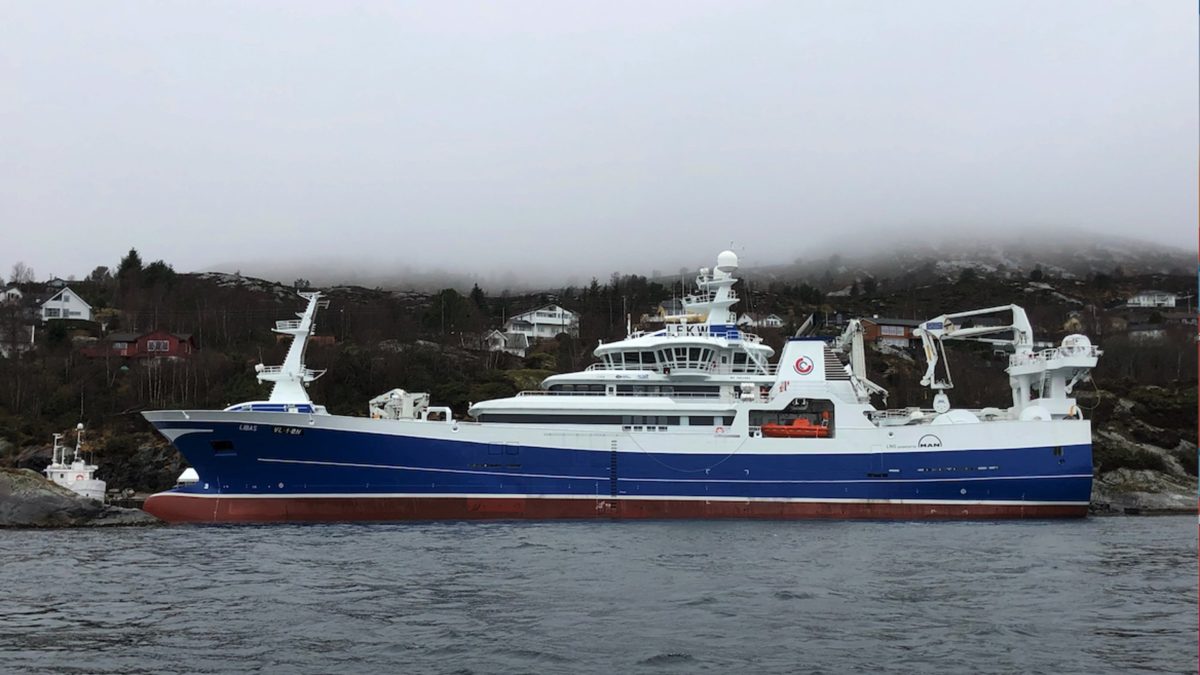Fiskebåt (The Norwegian fishing fleet’s organisation) aims to reduce greenhouse gas emissions from the fishing fleet by at least 40 per cent by 2030, measured against emissions in 2005. This pilot has mapped possible low- and zero-emission technologies for fishing vessels. One challenge is that the overall fleet consists of very different vessel types in a variety of sizes and with very different operating patterns.
The pilot has divided the fishing fleet into four vessel groups:
- Coastal fishing
- Bottom trawling
- Pelagic trawling and net fishing
- Deep-sea fishing with autoline
The aim of the pilot has been to assess suitability and environmental impact for the development of new vessels as well as for technical operation of the existing fleet:
- Increase the energy efficiency of the vessels
- Transition to low- and zero-emission technologies
Political/Regulatory measures have also been part of the pilot’s focus, for example:
- A fisheries agency designed to reduce greenhouse gas emissions
- Structural policy designed to reduce greenhouse gas emissions
Status
The shipping companies have contributed operational data for various vessels. Rechargeable hybrid solutions with battery, LNG and biofuels have been assessed for suitability and environmental impact for the various vessel types. The pilot shows that both battery/hybridization and biodiesel are suitable options and provide good environmental impact for all four vessel types – both for newbuildings and for existing vessels where retrofit is an alternative.
The pilot has also analyzed operational measures – from comprehensive energy management to simpler measures such as the use of LED technology – all to reduce energy consumption and thus environmental impact. The various measures naturally have different suitability and effects. The measures for each of the four vessel groups are identified in the pilot’s final report.
2017
The pilot was completed in late 2017. The conclusion and work carried out in the pilot is continued into a new phase by the building of new vessels with new hybrid technology implemented to varying degrees.
2021 – 2023
The first LNG hybrid was delivered Spring 2021, as a ringnote vessel. Two additional vessels are under construction and are scheduled to be delivered during 2022 and 2023. An additional project under consideration is a project where hydrogen is one of the energy carriers.

